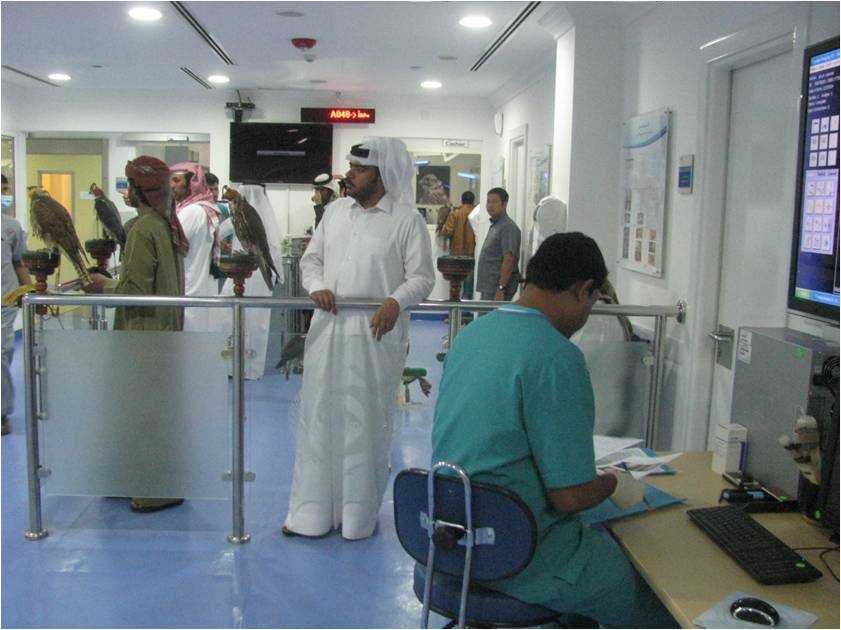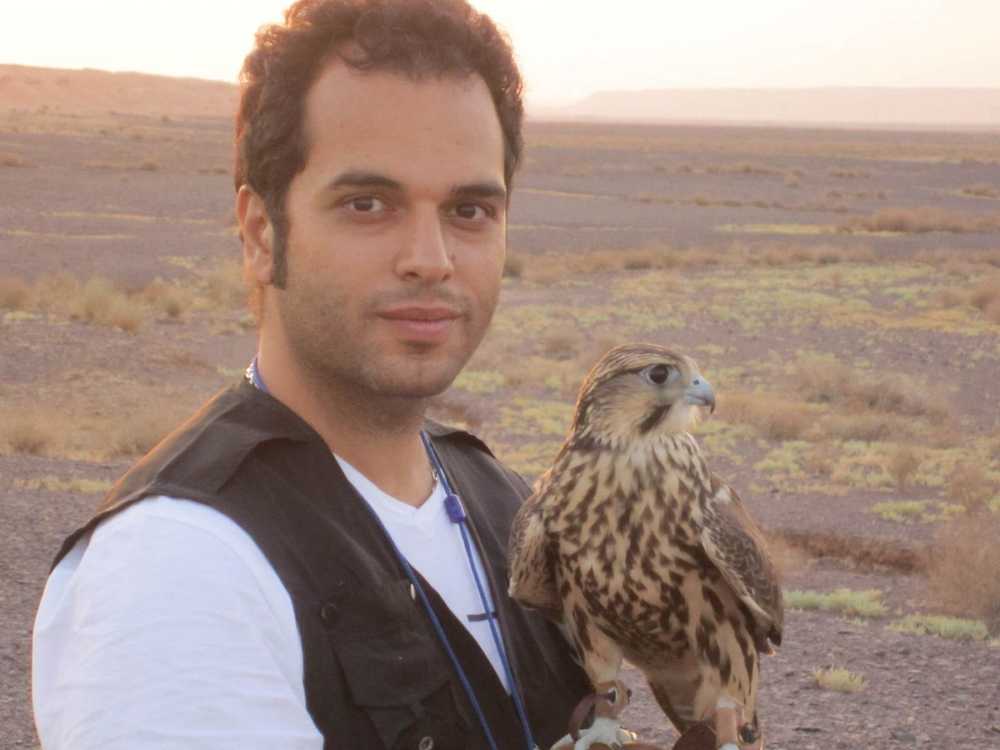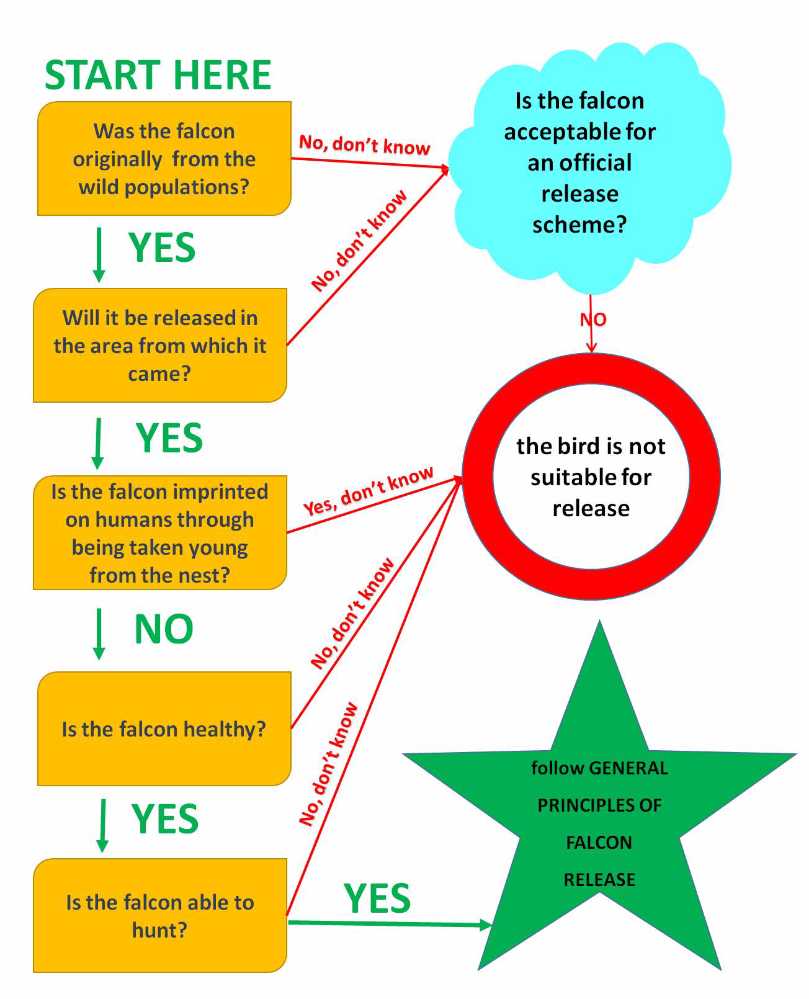Visiting the Vet

Visiting a Falcon Clinic
If you read the section on Healthy Sakers, you will know how much help a veterinary expert can give as soon as your Saker arrives. On the Falcon Hospitals page is a list of many such raptor experts. Do please Contact Us if you know of hospitals not on the list. We all need to work together to help wild Sakers as well as trained falcons.
Another good reason to visit the vet is to find out more about your new Saker. With so much research starting to help wild Sakers, there may be an unseen marker that can be read by the vet to reveal the country in which it hatched. A few birds may have had microchips from biologists who visited their actual nests. If a small feather or other sample can be given, ongoing research may reveal more about the source of your bird from its DNA.
When a vet can gather such information from your Saker, it is also helping wild sakers. If we know where trained wild sakers were raised, we also know which areas it is most important to safeguard against changes that might harm the production of more birds for future enjoyment.
Flying Sakers Safely

A Saker with flight-safe jesses (click to enlarge).
A saker is a wonderful hunting companion, with sharp eyes to see more than you can. With her flight-safe jesses, there is no risk of this falcon getting caught up when she lands. It is really important to be careful where birds are flown, because in the wild many hundreds become electrocuted on mid-voltage electric power lines, especially where there are no other perching possibilities.
Be careful also near places where there may be hunters out to shoot the same prey, or people keeping pigeons. Both can cause unfortunate accidents. Pigeons can also lure falcons long distances into places which are not safe. There are stories of them flying between cars on highways to escape, which can be fatal for pursuing falcons. Even if your bird catches a pigeon, it may not be safe food, because pigeons carry a number of diseases that can transmit to raptors.
Wild raptors can be a problem for falcons too, especially when they are soaring in the heat of the late morning. Eagles can attack falcons at such times. Even dogs can be a problem for falcons with a kill on the ground.
Releasing Raptors

Is your Saker safe to release?
In the past, falconers everywhere released their trained raptors after hunting with them. This is a good tradition. If such birds have been kept healthy, can hunt well and are released carefully, they have been on loan from the wild, and might even be helped to survive and breed better than wild ones. This is important for most falconers, who care greatly about falcons and hawks in the wild.
In Britain, after forest had been removed and goshawks hunted to extinction, falconers ran schemes to import goshawks for training and release, which has re-established a population of several hundred pairs. In many other countries, falconers bred and released raptors to re-establish populations after poisons had made them extinct. They were successful with many species, most famously peregrines.
This traditional falconry also encourages falconers to learn to trap raptors and to help with study of them. A simple set of instructions is available from the IAF website (see link below) to help you release raptors that come from the wild, when you feel you have enjoyed enough hunting with them and it is time for them to have a family themselves. Be sure to release in as safe a place as you would use for hunting (see above).
On the web